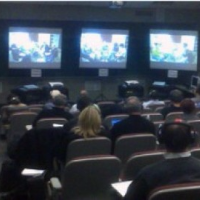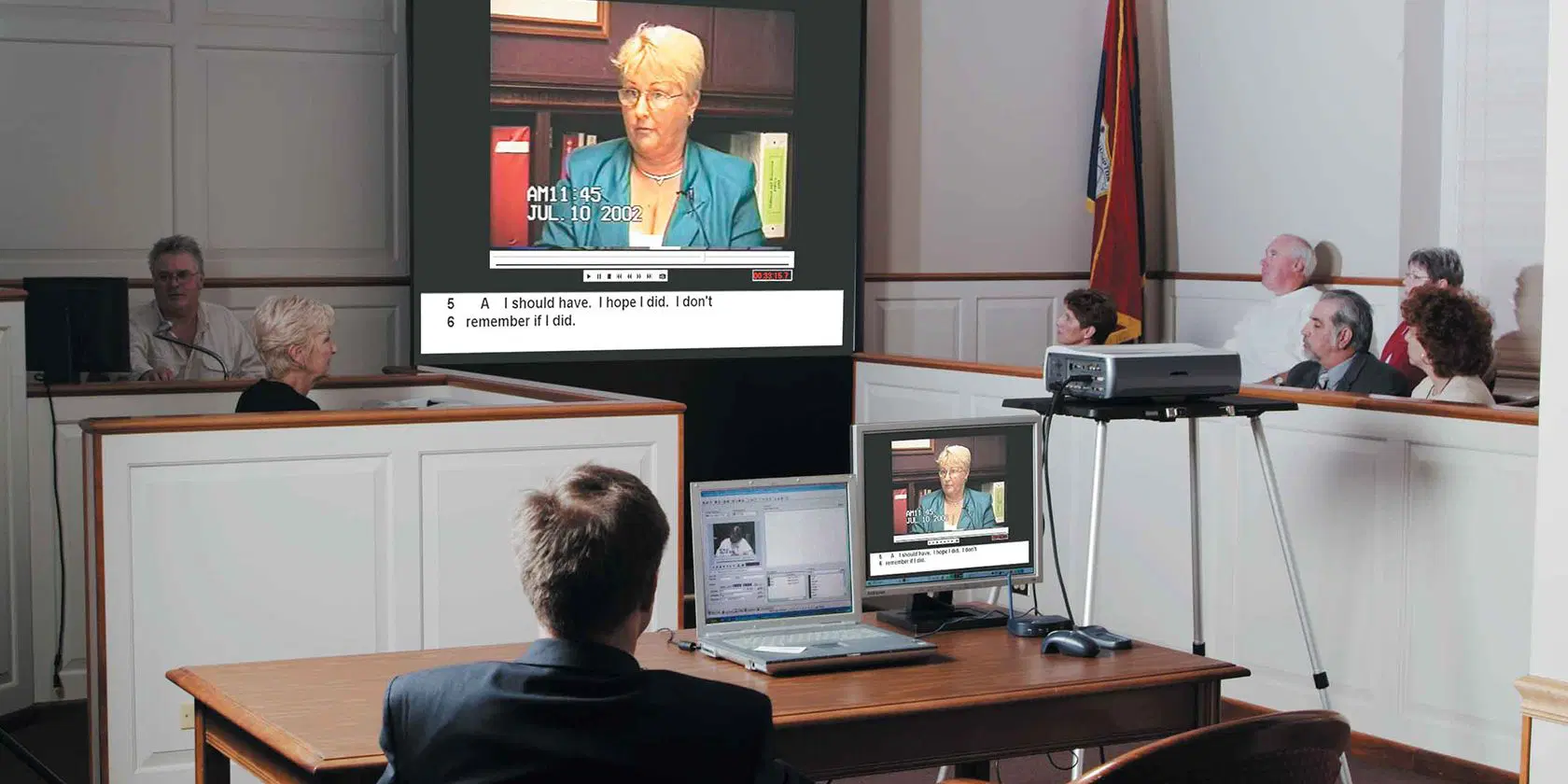The Power of Visuals in Test Presentations for a Winning Disagreement
The assimilation of visuals in test discussions has actually arised as an essential variable in effectively interacting complex arguments to jurors. By utilizing different kinds of visual help-- be it diagrams, photographs, or computer animations-- attorneys can improve understanding and retention, ultimately forming the jury's perception of the instance.
Importance of Visuals in Trials
In several legal settings, visuals play a critical duty in improving the effectiveness of test presentations. The assimilation of aesthetic aspects can considerably impact jurors' understanding and retention of intricate information, thus shaping their understandings and decisions. Visuals, such as charts, representations, and photos, can simplify complex narratives, making them much more available and engaging.
In addition, the human brain procedures aesthetic information more effectively than message, which emphasizes the value of integrating visuals into legal arguments. By converting thick legal concepts into aesthetic layouts, attorneys can facilitate clearer communication, making certain that bottom lines are not forgotten during tests.
Furthermore, visuals serve to involve jurors on a psychological level, fostering a connection to the situation that words alone may fail to achieve. The calculated use visuals can stimulate empathy, triggering jurors to consider the human aspects of the case.
Ultimately, the relevance of visuals in tests hinges on their capacity to enhance quality, boost juror engagement, and reinforce the story existing. This potent combination is important for crafting convincing debates that resonate with jurors and influence the end result of lawful process.
Kinds Of Visuals to Utilize
Effective trial discussions can greatly take advantage of a variety of aesthetic devices that provide to various facets of the case. trial presentations. Making use of representations and graphes can properly damage down complicated details, making it much more digestible for jurors. Flowcharts can illustrate the series of occasions, while bar charts may succinctly contrast relevant information points.

Animations and simulations can additionally play an important function, particularly in situations involving technological information or complex circumstances. These visuals can dynamically stand for procedures or activities, providing clearness and engagement that fixed photos may not attain.
Additionally, infographics combine text and visuals to summarize vital details efficiently. They can provide timelines, stats, and substantial case points in a visually attractive fashion, making it much easier for jurors to adhere to the argument.
Enhancing Comprehension and Retention

Enhancing comprehension and retention throughout trial discussions is essential for making certain that jurors realize the crucial components of a case. Visual help offer as powerful devices in this regard, equating complicated information right into quickly absorbable formats. By using charts, diagrams, and infographics, attorneys can streamline intricate information and emphasize bottom lines that may otherwise be forgotten.
Research studies have actually shown that people retain info significantly better when it exists aesthetically. This is specifically essential in a test setting, where jurors might be overwhelmed by the volume of evidence and statement. By tactically integrating visuals, lawyers can route jurors' focus to one of the most crucial facets of the instance, strengthening their understanding and memory of the product presented.

Producing Involving Presentations
Exciting jurors' focus during trial discussions is crucial for sharing a compelling story. Engaging discussions utilize aesthetic aspects to produce a memorable experience that reverberates with jurors. The critical usage of graphics, animations, and video clips can clarify complicated info, making it a lot more easily accessible and relatable.

Furthermore, incorporating narration methods can enhance engagement. Providing evidence in a logical series that builds sob story enables jurors to get in touch with the material on a personal degree. Numerous discussion styles, such as including short video clip clips or interactive aspects, can also receive rate of interest and attention throughout the test.
Ultimately, an engaging discussion promotes a much more extensive understanding of the instance, enabling jurors to much better appreciate the disagreements existing and causing a much more positive outcome.
Instance Studies and Success Stories
Numerous study highlight the considerable impact of visuals in test discussions, showing their capacity to influence juror assumptions and ultimately the results of situations. A notable instance including an individual injury insurance claim directory highlighted how the use of a 3D computer animation of the crash scene made clear complex information. Jurors reported feeling even more educated and empathetic, substantially persuading their decision in favor of the complainant.
In an additional circumstances, a company lawsuits situation made use of infographics to present financial information and timelines, making detailed details accessible. The graph made it possible for jurors to grasp the subtleties of the situation better than verbal explanations alone. trial presentations. Because of this, the court returned a judgment that exceeded the customer's expectations
Moreover, a criminal protection case utilized photographs and video clip evidence to establish an alibi. The compelling visuals not only assisted in developing question yet also resonated emotionally with jurors, resulting in a pardon. These success stories underscore the need of incorporating visuals right into test anonymous presentations, as they enhance understanding, retention, and ultimately, the persuasive power of legal arguments. The tactical usage of visuals is unquestionably changing the landscape of test advocacy.
Final Thought
In final thought, the calculated consolidation of visuals in trial presentations substantially enhances jurors' understanding and retention of complicated info. Engaging presentations, sustained by compelling situation studies, show the profound impact that visuals can have on convincing interaction.